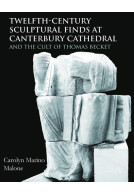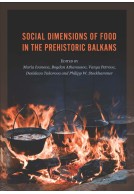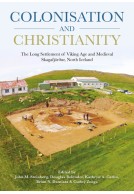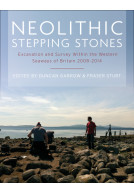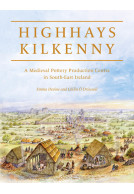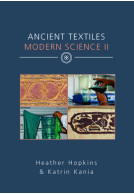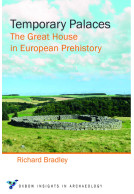Twelfth-Century Sculptural Finds at Canterbury Cathedral and the Cult of Thomas Becket (Hardback)
By
Carolyn Marino Malone
Imprint: Oxbow Books
Pages: 280
Illustrations: b/w
ISBN: 9781789252309
Published: 25th May 2019
Script Academic & Professional
Imprint: Oxbow Books
Pages: 280
Illustrations: b/w
ISBN: 9781789252309
Published: 25th May 2019
Script Academic & Professional
You'll be £24.99 closer to your next £10.00 credit when you purchase Twelfth-Century Sculptural Finds at Canterbury Cathedral and the Cult of Thomas Becket. What's this?
+£4.99 UK Delivery or free UK delivery if order is over £40
(click here for international delivery rates)
Order within the next 1 hour, 26 minutes to get your order processed the next working day!
Need a currency converter? Check XE.com for live rates
(click here for international delivery rates)
Order within the next 1 hour, 26 minutes to get your order processed the next working day!
Need a currency converter? Check XE.com for live rates
This study reconstructs twelfth-century sculptural and architectural finds, found during the restoration of the Perpendicular Great Cloister of Christ Church, Canterbury, as architectural screens constructed around 1173. It proposes that the screens provided monastic privacy and controlled pilgrimage to the Altar of the Sword's Point in the Martyrdom, the site of Archbishop Thomas Becket's murder in 1170.
Excavations in the 1990s discovered evidence of a twelfth-century tunnel leading to the Martyrdom under the crossing of the western transept. Construction would have required rebuilding the crossing stairs and the screens flanking the crossing. The roundels, portraying lions, devils, a 'pagan', Jews, and a personification of the synagogue, are reconstructed on the south side of the crossing as a screening wall framing the entrance to this tunnel. The quatrefoils with images of Old Testament prophets are reconstructed as a rood screen on the west side of the crossing. In the Martyrdom, a screen is proposed with perhaps the earliest known sculptural representation of Thomas Becket. The rood screen, located behind the Altar of the Holy Cross, would have provided a visual focus during Mass, monastic processions, and sermons, especially during Christmas and Holy Week. The row of prophets, pointing upwards at the Rood, would have functioned as the visual equivalent of the dialogue of the ‘Ordo prophetarum’ that predicted the Messiah as proof to Jews and other unbelievers of Christian redemption. The roundels, just around the corner on the south screening wall, can be interpreted as representing the unbelieving Other and forces of evil warning pilgrims to seek penance at the altar of the newly canonized St Thomas.
In addition to this new interpretation, a catalog raisonné and an account of the discovery of the finds offers material for future research that has been unavailable to previous studies. All the finds were photographed by the author as the restoration progressed;16 pieces of which have since been lost, making some of the unpublished photographs essential evidence of the archaeological record.
There are no reviews for this book. Register or Login now and you can be the first to post a review!
Other titles in Oxbow Books...







